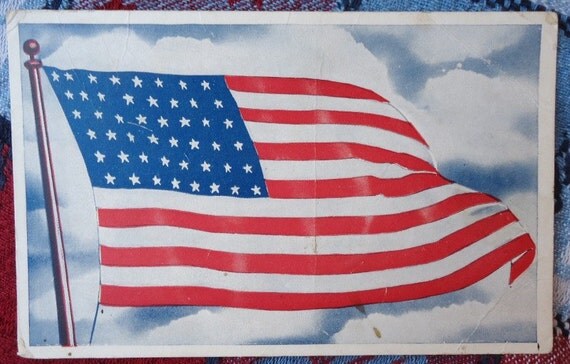It would be blasphemy not to buy a postcard while traveling.
Nothing says “You’re working, but I’m not!” like a U.S. state map postcard. Tacky,
colorful, and displaying every advantage of each of the 50 states, they scream,
“I’m out of the area and having a great time, as you can see by that water
skier jumping over Mount Rushmore.”
Take for example this state card of Massachusetts, obviously an oasis surrounded
by nothing but desert. Here we learn that the state flower is the mayflower, there
is a colossal lobster living on an island off the shore of Gloucester,
and the big swingers go to Attelboro to play golf. The state bird, a chickadee,
hangs out near the Mohawk Trail, there’s some kind of a wild man waving his
arms around in the Berkshires, and an airplane is getting dangerously close to Amherst. Meanwhile, a
lady in a bathing suit is trying to sell glassware near the Nantucket Sound,
and someone is painting a picture in Rockport. Without cards such as this, all
of our true touristic knowledge of these places would be lost.
This is why I have framed my New York State
postcard and hung it in the entryway of my home. Everyday as I am pulling on my
mittens and mukluks, I can savor the sight of the Headless Horseman racing
towards the Statue of Liberty, while a man in a fishing boat traverses the New
York State Thruway. It’s chaotic, but it’s my state, hanging there in living
color so I can share it with everyone who enters.
- Heidi Lux
#LuxPostcardsEtc@etsy.com #state #postcard #vintage # snailmail







